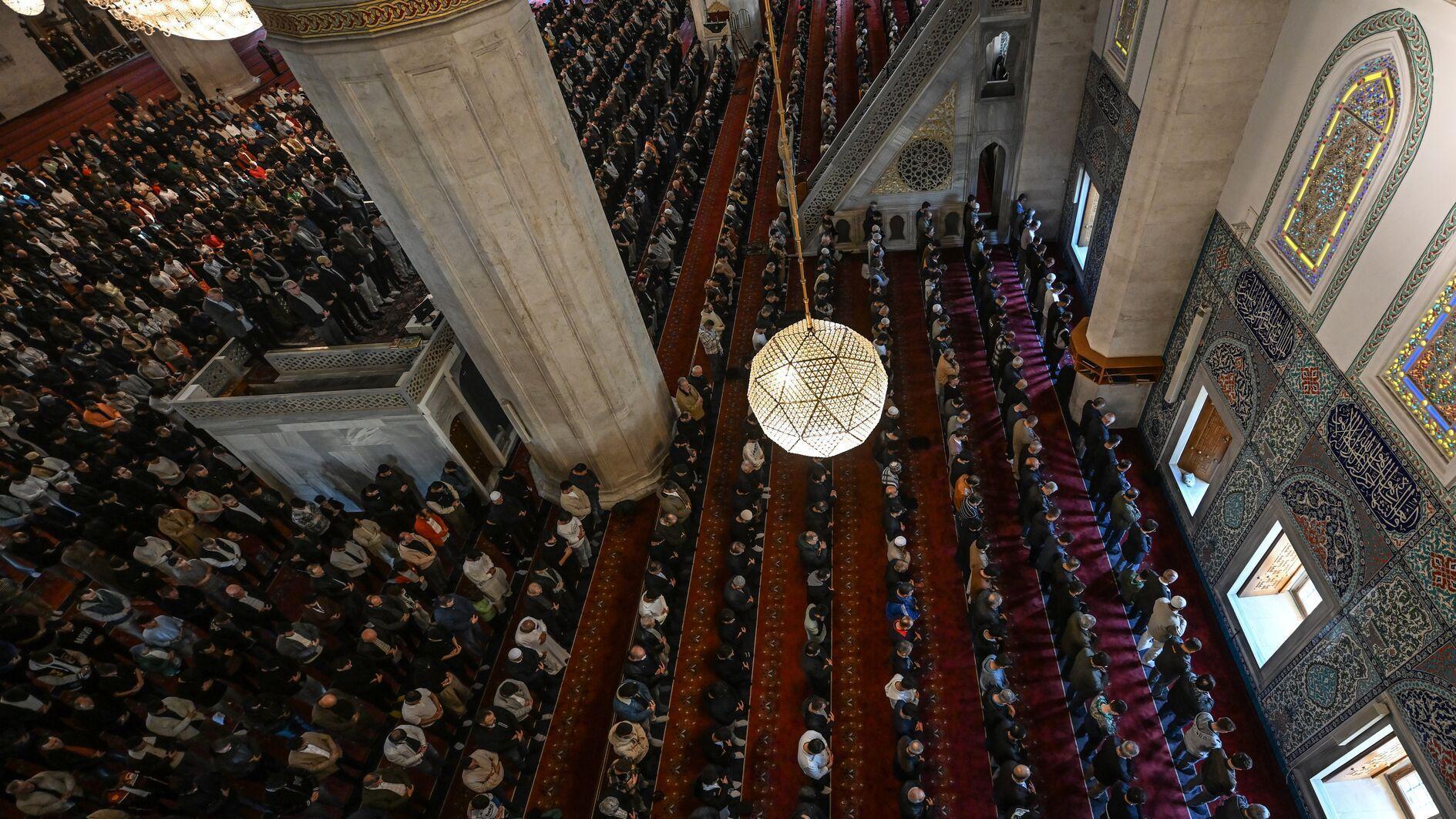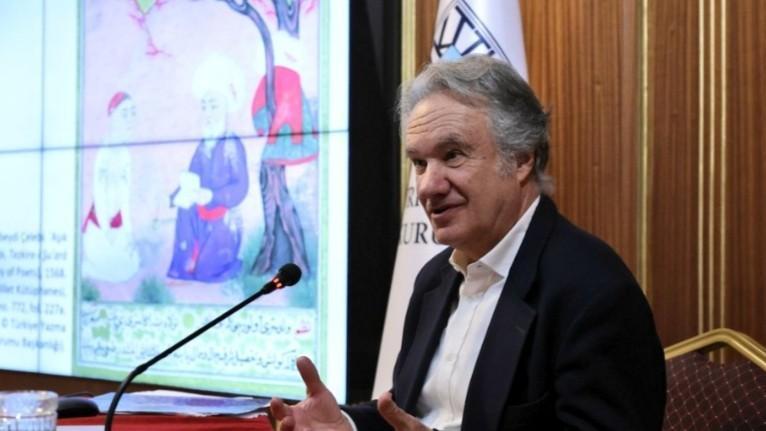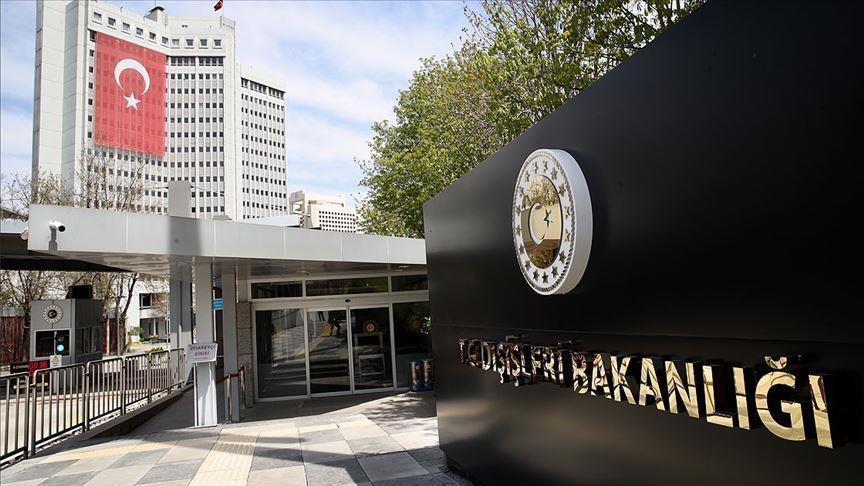Impressions on Yerevan: How can an investigative journalist become prime minister?
Nikol Pashinyan, 43, gained his reputation in his early 20s as a young journalist who uncovered a corruption case. He is famous for unflinchingly confronting the oligarchs of Armenia and politicians and bureaucrats close to them.
Consequently, he was always in trouble during the time he spent as a journalist. He underwent countless investigations. A newspaper he was publishing was banned, his property was confiscated. He was hospitalized after being beaten up. His car was blown up.
In 2008, Pashinyan decided to hide instead of surrendering when an arrest warrant was issued against him after the incidents triggered by dubious elections in which Serzh Sarkisian, the Republican Party’s candidate, won presidency. Pashinyan hid in his house in Yerevan for over a year. In July 2009, he turned himself in and was imprisoned for nearly two years.
He continued journalism after his release but was more involved in politics; he became one of the most important actors within the opposition. In 2012, he became a parliamentarian from the party of former president Levon Ter-Petrosyan. The following year, he left Ter-Petrosyan’s party and founded his own, the Civil Contract. In the parliamentary elections of 2017, the alliance led by Pashinyan’s party won nine out of 105 seats.
Nevertheless, what took him to the top was shaped in the events that took place between March and April 2018 in Armenia and the developments called the “velvet revolution.”
In order to understand this highly complex socio-political event, it is crucial to remember the preceding conditions. When Armenia was governed by a semi-presidential system, Sarkisian, who came to power with a dubious election in 2008, made a move to change the constitution in 2015, the second term he was ruling. This change aimed to shift to the parliamentary system and limit the powers of the president.
In the beginning of 2018, the second term of Sarkisian’s presidency was meant to be completed and by the constitution provisions he was not to be elected president one more time. The opposition argued that Sarkisian designed the system change to remain in power. In the face of these criticisms, Sarkisian assured that after the completion of his second term in 2018, he will withdraw from active politics and will not take on a state task. After his assurance, the constitutional amendment was adopted.
Sarkisian’s post as president ended in the beginning of late March. Meanwhile, his party already had the majority in parliament, and Karen Karapetyan, a politician from Sarkisian’s party, was prime minister. Sarkisian seemed to be out of the system after Armenia’s Ambassador to London Armen Sarkisian was elected as the now-symbolic president on March 2. At this very point, Sarkisian’s party launched a campaign advocating that the country is in need of his experiences. Following this, Sarkisian was proposed for candidacy as prime minister.
Hence, Sarkisian, who did not fulfil his commitment, became prime minister, whose powers are now fortified, on April 17, based on the parliamentary majority. Accordingly, in Armenia, where poverty is widespread and bribery is institutionalized, public resentment was unleashed.
This is the point where Pashinyan started his famous march that commenced a wave of opposition in the public, to protest the plans Sarkisian made to become prime minister in March. On March 30, Pashinyan hit the road with a group of his friends from the northern city of Gyumri to Yerevan. On his route, he gave speeches to townspeople and villagers while actively using his Facebook account to spread his message.
Within two weeks, he traveled over 120 kilometers. The more Yerevan got close, the more the opposition movement strengthened. On April 13, four days before Sarkisian is to become president, Pashinyan reached Yerevan and started to erode the system. The mass demonstrations led by Pashinyan had spread in wavelength with larger crowds in the squares of Yerevan.
In this tense atmosphere, Sarkisian became prime minister on April 17 and arrested Pashinyan on April 22.
Pashinyan’s arrest led to a big break. Sarkisian announced his resignation on Apr. 23, in the face of the grand social pressure large crowds generated by hitting the streets. An important development here is the fact that Sarkisian lost a significant amount of support from the Republican Party.
Pashinyan was released the following day. When he got out of custody, power shifted to him. Pashinyan established the new government. This is a kind of national consensus government that other parties, too, support under his premiership. Pashinyan, who has now taken all power, called for early elections with a move he made in last October.
In the elections last Sunday, held in Yerevan, we watched with a group of colleagues from Turkey Pashinyan achieving a historical victory by receiving 70.4 percent of the votes. He carried his struggle from the public march in Gyumri to the peak.
The most important result of the elections was the elimination of the Republican Party, which is identified with Sarkisian and governed by administers from the old Soviet period, after they failed to pass the election threshold. Another development that occurred a day before the election was the imprisonment of Robert Kocharyan, who served as president between the years 1998 and 2008 and allegedly paved the way for the death of 10 people.
From this point of view, we can say that a purge of earlier actors is happening in Armenia. But what Pashinyan can do as prime minister could be the subject of another article.











